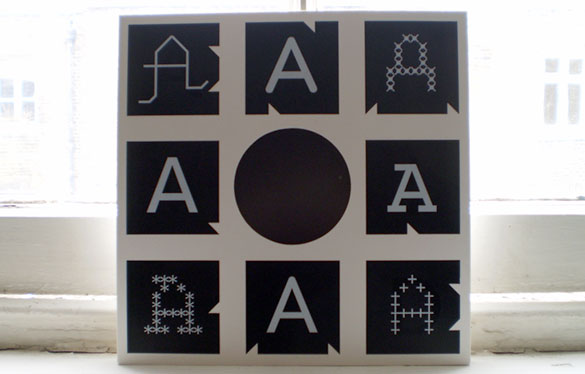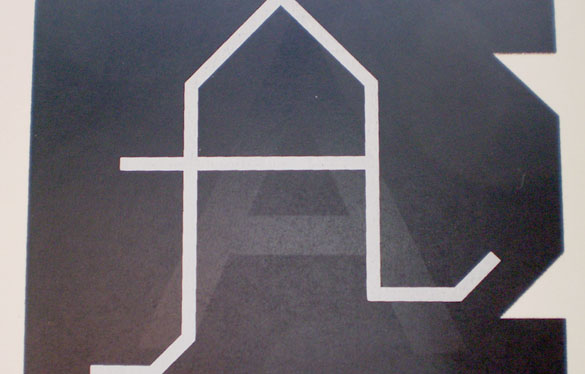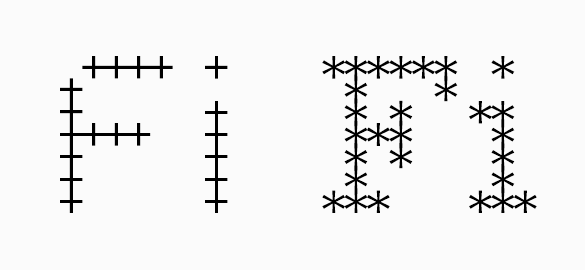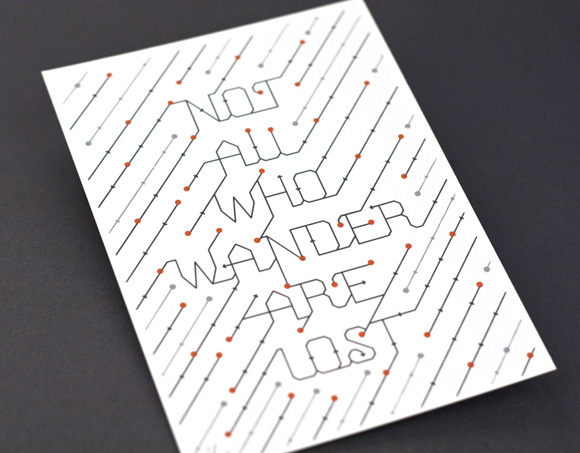
Designer Ross Moody and his 55 Hi’s imprint are one of the reasons we love running our own type foundry. It’s been said that type design is a lonely, difficult and frustrating endeavor and while that can be true, it’s also immensely gratifying when the bi-product of your work is so surprising.
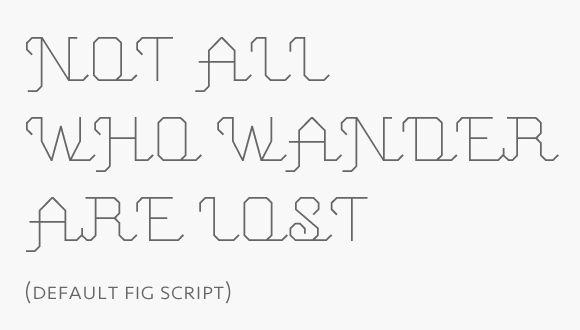
‘Is that our FIG Script?’ we wondered. When set in all caps, a script face doesn’t traditionally connect. So what gives? Capable hands. Ross deftly connected the caps, modified certain letters and added flourishing touches.
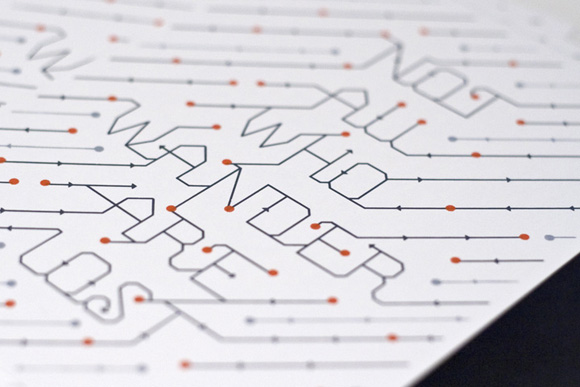
‘Not all who wander are lost’ is a derivative of a line from a J.R.R. Tolkien poem titled, ‘All that is gold does not glitter.’ The poem appeared in the Lord of the Rings trilogy and the original line read, ‘Not all those who wander are lost.’ The poem and its place in the trilogy is documented on Wikipedia.
Ross has created limited edition, hand screen printed posters and postcards of ‘Not all who wonder are lost’ as well.
